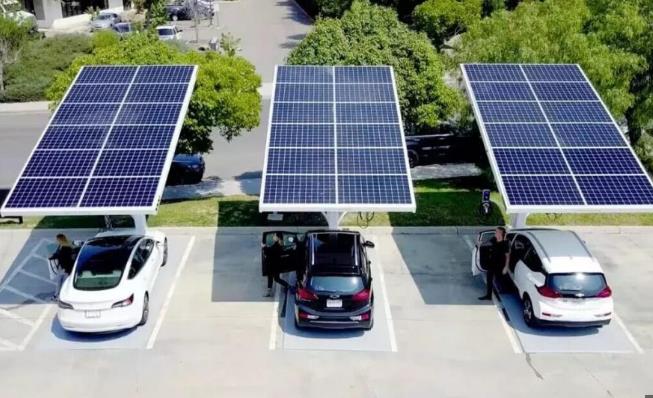When Is Planning Permission Required for Solar Panels?
Installing solar panels is a proactive step towards sustainable living and energy independence. However, before embarking on this green journey, it's crucial to understand the circumstances under which planning permission may be required. The need for such permission can vary significantly depending on several factors, including the type of installation, its location, and specific local regulations.

Rooftop Solar Panels
Rooftop installations are the most common type of solar panel setup. In many jurisdictions, planning permission for rooftop solar panels is not required if the installation falls within certain guidelines:
- Height Restrictions: The panels should not protrude more than a certain distance above the roof's surface, often around 200mm (about 8 inches).
- Heritage Sites and Conservation Areas: Extra care is taken in designated areas, such as historical districts or conservation areas, where any modification to buildings may require permission to preserve the area's aesthetic and historical integrity.
Ground-Mounted Solar Panels
Ground-mounted solar panels are more likely to require planning permission due to their impact on the land and surrounding view. Permission may be required if:
- Size and Scale: The installation exceeds a particular size, which can vary but is often marked at installations covering more than 9 square meters (about 97 square feet) of ground area.
- Visibility: The panels are situated near public roads or in visible locations where they could impact the character of the area.
Listed Buildings
For listed buildings and properties within designated areas, almost any external modification, including the addition of solar panels, will likely require planning permission. This is to ensure that any alterations do not detract from the property's historical significance or architectural integrity.
Agricultural Land
Large-scale solar farms located on agricultural land almost always require planning permission due to their size and potential impact on the landscape and local ecosystem. Such projects undergo rigorous review to assess their environmental impact.
The Application Process
Obtaining planning permission involves submitting a detailed application to the local planning authority (LPA), which includes:
- Site plans and technical drawings of the proposed installation.
- Impact assessments, potentially covering visual impact, environmental considerations, and effects on the local area.
- Public consultation, where applicable, to gauge community support or objections.
Planning Permission for Solar Panels: Navigating the Process
While the specifics can vary, here are some general steps to ensure compliance:
- Research Local Regulations: Start by contacting your LPA or consulting their website to understand the specific requirements in your area.
- Seek Professional Advice: Consider consulting with a solar energy specialist or planning consultant who can provide guidance tailored to your project.
- Prepare Your Application: Collect all necessary documentation, plans, and assessments required for submission.
- Engage with Your Community: If your project is large or located in a sensitive area, early engagement with neighbors and the community can help identify and address concerns proactively.
In summary, while many solar panel installations do not require planning permission, significant projects, especially those on ground-mounted systems or in sensitive areas, likely will. By understanding these requirements and preparing thoroughly, you can navigate the planning permission process smoothly, paving the way for a successful solar energy project.